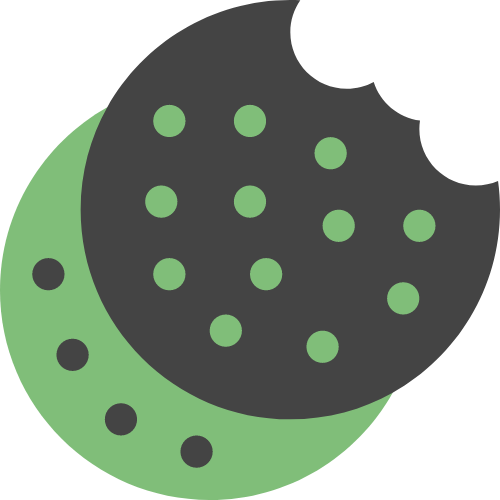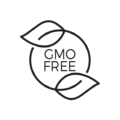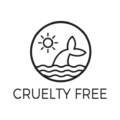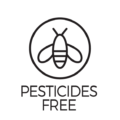- Getting Started
-
by k.mammasis
Here are some of the best foods that are highest in iron:

Spinach is a plant-based source of iron that is also rich in other vitamins and minerals. A 3.5-ounce (100-gram) serving of cooked spinach contains 3.6 mg of iron, or 20% of the DV.
Legumes, such as lentils, chickpeas, and beans, are also good sources of iron. A 3.5-ounce (100-gram) serving of cooked lentils contains 3.3 mg of iron, or 18% of the DV.
Dark chocolate is a delicious source of iron. A 1-ounce (28-gram) serving of dark chocolate contains 3.3 mg of iron, or 18% of the DV.
Combining plant-based sources of iron with foods rich in vitamin C, can enhance absorption. Pomegranate is a fruit that is high in antioxidants, vitamin C, and other beneficial nutrients. Some studies have suggested that pomegranate juice may also have a positive effect on iron absorption. Find out more about our liquid functional food formula with vitamin B12 and iron that can help you raise your iron level fast.
Iron is better absorbed when consumed alongside vitamin C, and pomegranates are a good source of this nutrient. A 2011 study published in the Journal of Medicinal Food found that consuming pomegranate juice alongside a meal increased the absorption of non-heme iron (the type of iron found in plant-based foods) in healthy adults. If you have concerns about your iron levels, it’s best to speak with your healthcare provider to determine the underlying cause and the best course of treatment for your specific situation.














